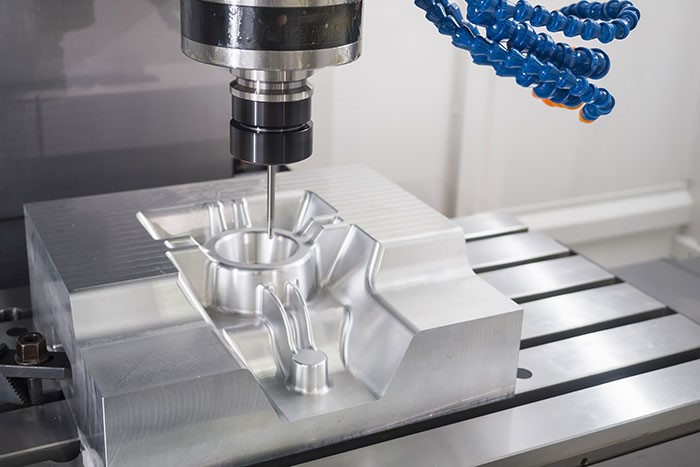The use of digital technologies has transformed the production tooling and prototype tooling processes in the ever-changing field of product development. Digital tools are essential for increasing productivity, cutting costs, and shortening time-to-market. They may be used for everything from simplifying design iterations to streamlining manufacturing procedures. Let's assess how these technologies are changing the way production tooling is managed and prototype development is carried out.

Prototyping with Digital Tools:
Computer-Aided Design (CAD):
Using computer-aided design (CAD) software to build virtual models is one of the main advantages of digital tools in prototyping. With the use of computer-aided design (CAD), designers may quickly iterate and perfect their ideas before producing actual prototypes.
Capabilities for Simulation:
Furthermore, engineers may digitally evaluate the functioning and performance of prototypes thanks to the superior simulation capabilities offered by digital tools. For example, computational fluid dynamics (CFD) simulations and finite element analysis (FEA) allow designers to anticipate prototype behavior and spot possible weaknesses in the design early on.
Production Tooling with Digital Tools:
Computer Numerical Control (CNC) Machining:
The production tooling process is being revolutionized by digital tools using methods such as CNC machining. CNC machining allows complicated objects to be fabricated with tight tolerances by accurately controlling the movement of cutting tools through the use of digital instructions. When compared to conventional procedures, this decreases lead times and production costs while increasing precision and reproducibility.
Additive Manufacturing:
Moreover, 3D printing, often known as additive manufacturing, has become a game-changing innovation in production tooling. Without the need for expensive molds or dies, additive manufacturing enables the quick fabrication of bespoke tooling components straight from digital blueprints. Because of this adaptability, manufacturers may easily adjust their tooling designs to meet changing production needs by iterating on them rapidly and effectively.
Tooling Optimization and Management:
Digital Twin Technology:
Digital tools are propelling innovation in tooling management and optimization beyond the confines of physical production processes. With the use of digital twin technology, manufacturers may produce virtual versions of their real tooling assets, giving them access to real-time data on their performance and state. Manufacturers may minimize downtime and prolong tooling lifespan by proactively identifying maintenance needs and optimizing tooling use through parameter monitoring, including temperature, vibration, and wear.
Platforms for Cloud-Based Collaboration:
Furthermore, regardless of geographical location, cloud-based collaboration solutions provide smooth communication and cooperation across design, engineering, and production teams. Throughout the tooling lifecycle, these platforms provide the real-time sharing of design data, project updates, and feedback, hence promoting increased transparency and efficiency.
The incorporation of digital tools into production and prototyping equipment is revolutionizing conventional manufacturing processes, facilitating increased efficiency, speed, and quality at a lower cost. Utilizing digital twin technologies, CAD, simulation, CNC machining, additive manufacturing, and cloud-based collaboration platforms, manufacturers may reduce risks, optimize processes, and maintain their competitiveness in the quickly changing market of today. Digital tools will surely play an increasingly bigger part in determining the future of production tooling and prototyping as they continue to progress.